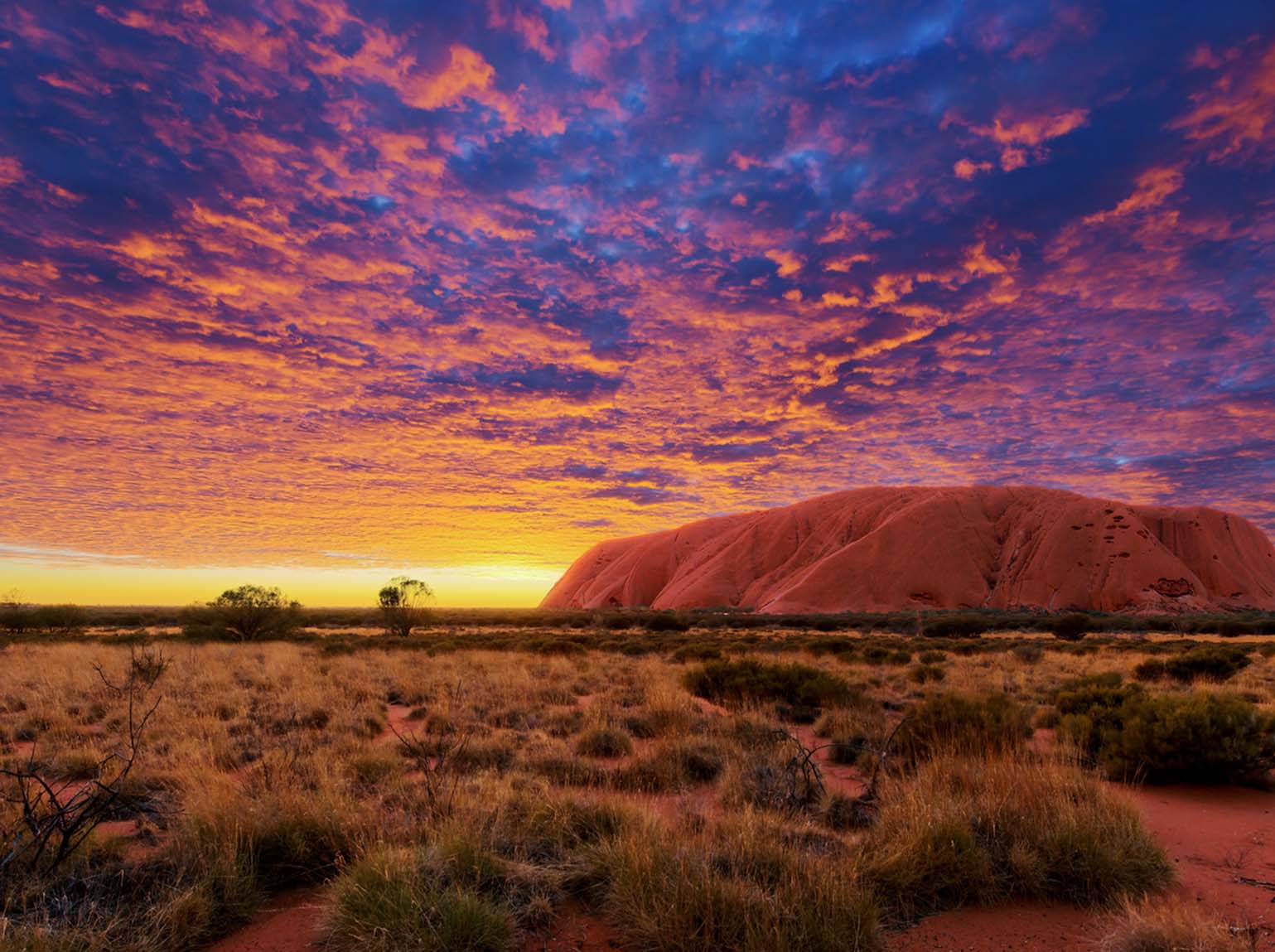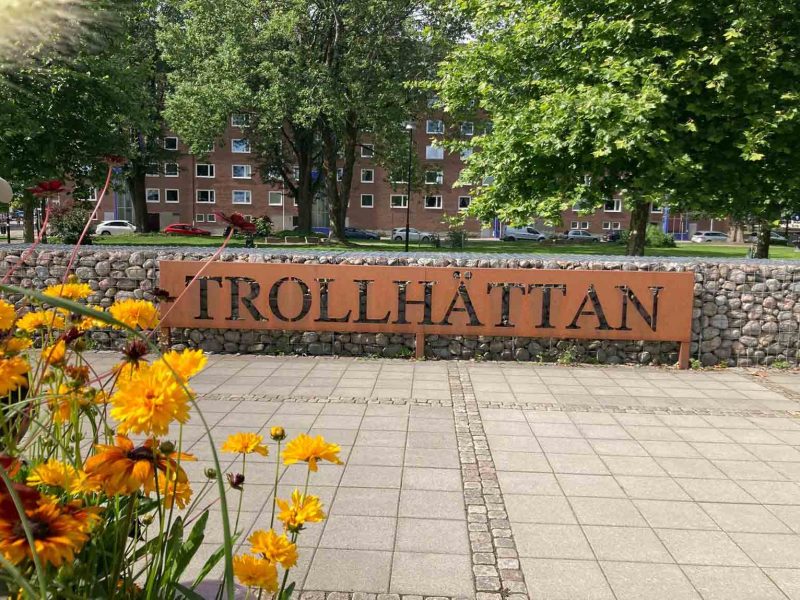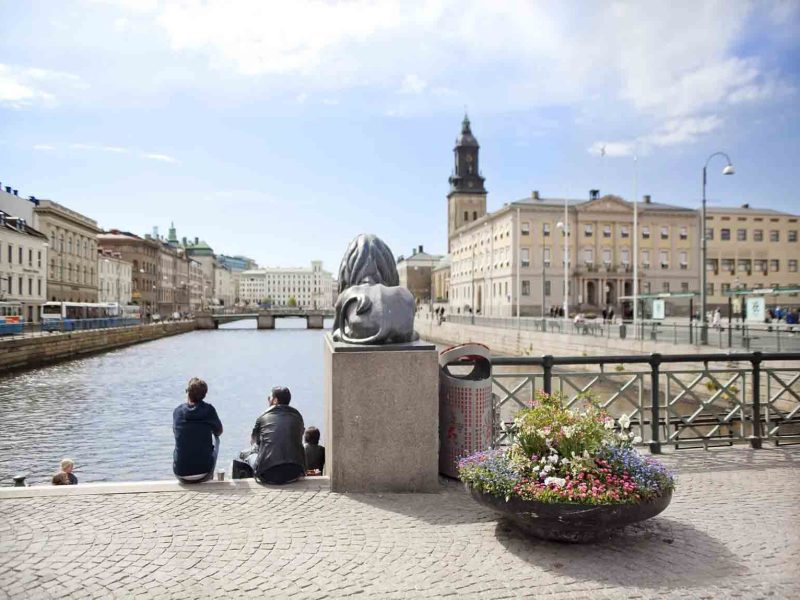Packing Essentials
Before you embark on your Uluru adventure, make sure you pack wisely. Here are some essential items you won’t want to forget:
– Sunscreen: The Australian sun can be intense, so lather up to avoid sunburn.
– Hat and Sunglasses: Protect yourself from the harsh UV rays while exploring outdoors.
– Comfortable Walking Shoes: You’ll be doing a lot of walking, so make sure your shoes are comfortable and sturdy.
– Light Layers: The weather at Uluru can be unpredictable, so layering is key to staying comfortable.
– Reusable Water Bottle: Stay hydrated, especially in the desert heat.
– Insect Repellent: Keep those pesky bugs at bay, especially during the warmer months.
– Camera: Capture every moment of your adventure at Uluru with stunning photos.
The Outback climate can be harsh and unpredictable, so it’s important to dress appropriately for your adventures. Here are some clothing recommendations:
– Lightweight, breathable fabrics to keep cool during the day.
– Hat with a wide brim to provide shade and protect against the sun.
– Closed-toe shoes suitable for walking on uneven terrain.
– Layers for cooler evenings and early mornings, as temperatures can drop significantly.
Cultural Sensitivity
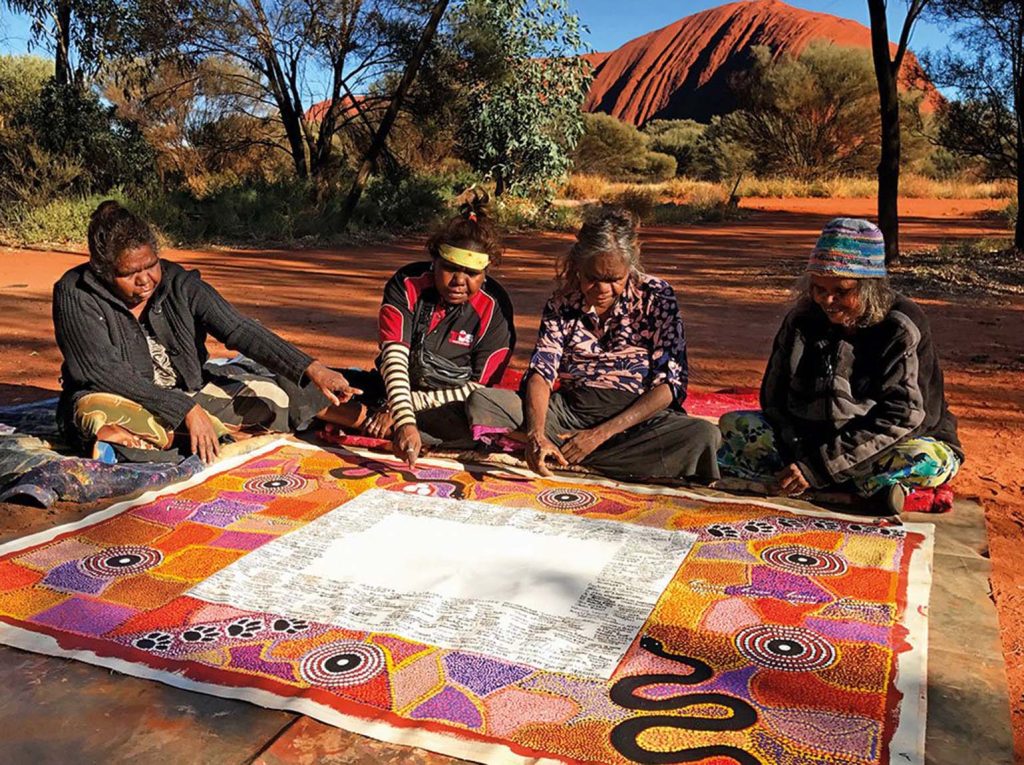
Uluru and Kata Tjuta hold deep spiritual significance for the Anangu people, representing the creation stories and ancestral connections that form the foundation of their cultural identity. These ancient rock formations are not merely geological wonders but living repositories of sacred knowledge and wisdom passed down through countless generations.
When exploring Uluru and Kata Tjuta, it’s important to tread lightly and minimize your impact on the environment. Stick to designated walking paths and refrain from touching or climbing the rock formations, as this can cause damage and disrespect to the sacred sites. Take only photographs and leave only footprints, ensuring that future generations can continue to experience the natural beauty of this land.
Respect for the local Anangu people and their traditional lands is paramount when visiting Uluru. Here are some important cultural considerations to keep in mind:
※Photography Restrictions: Many areas around Uluru and Kata Tjuta are considered sacred by the Anangu people and are off-limits to photography and other forms of documentation. It’s essential to respect these restrictions and refrain from taking photos or videos in designated sacred sites. Look out for signage indicating areas where photography is prohibited and adhere to these guidelines out of respect for the cultural heritage of the Anangu people.
Supporting local Aboriginal artists and artisans is a meaningful way to engage with Anangu culture and contribute to the preservation of traditional arts and crafts. Look for authentic Aboriginal art galleries and cultural centers where you can purchase handmade artworks, textiles, and souvenirs directly from Indigenous creators. By purchasing ethically sourced Aboriginal art, you’re not only acquiring a unique piece of cultural heritage but also supporting Indigenous communities and their ongoing cultural practices.
Currency Exchange
Australia’s currency is the Australian Dollar (AUD). While credit cards are widely accepted, it’s a good idea to have some cash on hand for smaller purchases and tipping. Currency exchange services are available at major airports and banks, but be mindful of exchange rates and fees.
Budgeting Tips
Traveling to Uluru can be expensive, but with some careful planning, you can stick to your budget without sacrificing the experience. Here are a few tips:
– Accommodation: Consider staying in budget-friendly accommodations like campsites, hostels, or self-contained apartments to save on lodging costs.
– Dining: Opt for self-catering options or seek out local eateries serving affordable meals. Keep an eye out for daily specials and happy hour deals.
– Activities: Many of the activities and experiences at Uluru are free or low-cost, such as hiking trails, sunset viewing areas, and cultural presentations.
Getting Around
While Uluru is remote, there are still several transportation options available to visitors:
– Car Rental: Renting a car gives you the freedom to explore Uluru and its surrounding attractions at your own pace. Several car rental companies operate out of nearby airports and towns.
– Shuttle Services: Uluru Resort operates shuttle services that transport visitors between various points of interest within the national park, including Uluru, Kata Tjuta, and the Cultural Centre.
– Guided Tours: Joining a guided tour is a convenient way to explore Uluru, especially if you prefer not to drive yourself. Tours range from sunrise and sunset experiences to cultural walks and camel rides.
Indulging in Uluru’s Street Food Delights
When it comes to culinary adventures in Uluru, don’t miss the opportunity to explore the vibrant world of street food, where local flavors and global influences collide to create a tantalizing array of dishes. Here’s a closer look at some of the must-try street food delights that will tantalize your taste buds:
Bush Tucker-inspired Snacks
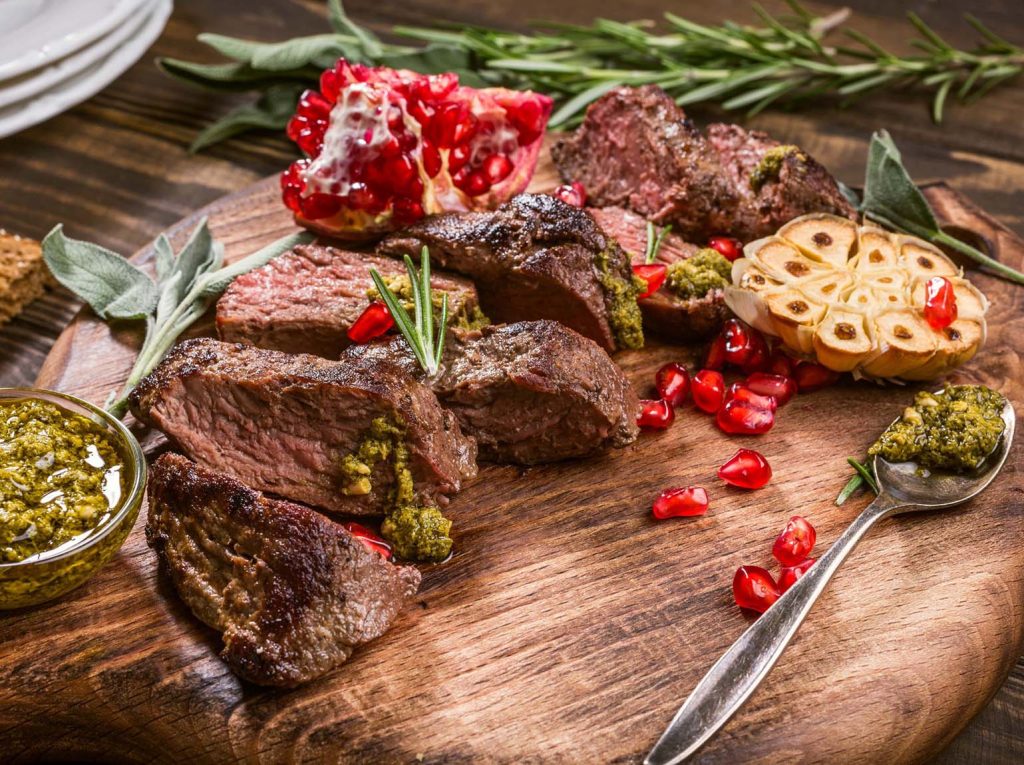
Venture into the heart of Uluru and you’ll discover street food stalls offering an enticing selection of bush tucker-inspired snacks. Sample traditional Indigenous ingredients like kangaroo, emu, and bush tomatoes transformed into mouthwatering dishes such as kangaroo skewers, emu burgers, and bush tomato chutney. These unique flavors offer a delicious introduction to the culinary traditions of the local Anangu people and provide a taste of the Australian outback like no other.
Outback BBQ Feast
For a quintessential Australian dining experience, head to one of the many street food vendors serving up sizzling hot barbecued delights. Sink your teeth into juicy beef burgers, succulent lamb chops, and smoky sausages grilled to perfection on open flame BBQs. Accompanied by freshly baked bread rolls, crisp salad greens, and tangy barbecue sauce, these hearty meals are guaranteed to satisfy even the heartiest of appetites. Wash it all down with a cold beverage and soak up the laid-back atmosphere of outback dining at its best.
Indigenous Sweet Treats
No street food adventure in Uluru would be complete without indulging in some delicious Indigenous sweet treats. Satisfy your sweet tooth with traditional desserts like wattleseed pavlova, lemon myrtle cheesecake, and wild berry sorbet, made using native Australian ingredients and time-honored recipes. These delectable delights offer a taste of the land’s rich culinary heritage and provide a sweet ending to your street food feast.
While exploring Uluru’s street food scene, it’s essential to prioritize food safety and hygiene to ensure a safe and enjoyable dining experience. Look for vendors who maintain clean and well-sanitized cooking equipment, use fresh and high-quality ingredients, and handle food with care to prevent contamination. Opt for freshly prepared dishes cooked to order whenever possible, and avoid consuming raw or undercooked meats and seafood. By exercising caution and choosing reputable vendors, you can indulge in Uluru’s street food delights with confidence and peace of mind.
Itinerary Planning
With so much to see and do at Uluru, it’s important to plan your itinerary in advance to make the most of your time. Here are some recommended activities:
– Sunrise and Sunset Viewing: Witness the stunning colors of Uluru as the sun rises and sets, casting an ethereal glow over the landscape.
– Base Walk: Embark on the 10-kilometer base walk around Uluru to appreciate its sheer size and beauty up close.
– Kata Tjuta: Explore the domed rock formations of Kata Tjuta on a guided hike through the Valley of the Winds.
– Cultural Experiences: Immerse yourself in the rich Indigenous culture of the region with cultural performances, art workshops, and guided tours.
Don’t forget to invest in comprehensive travel insurance before embarking on your Uluru adventure. Travel insurance provides financial protection against unexpected emergencies, cancellations, and medical expenses, giving you peace of mind while exploring the Outback.
As my journey through Uluru comes to an end, I find myself reflecting on the profound impact this sacred land and its people have had on me. The awe-inspiring beauty of Uluru’s red sandstone formations, the vastness of the outback landscape, and the rich cultural heritage of the Anangu people have left an indelible mark on my soul.
Standing in the presence of Uluru, I felt a deep sense of reverence and respect for this ancient monolith, whose towering presence seemed to connect the earth and sky. Watching the colors of sunrise and sunset paint the rock in hues of red, orange, and gold was a humbling reminder of the natural forces that shape our world and the timeless beauty that surrounds us.
But it was not just the physical beauty of Uluru that captivated me; it was also the spirit of the land and its people that touched my heart. The Anangu people, the traditional owners of Uluru, have lived in harmony with this land for thousands of years, and their connection to country is evident in every aspect of their culture and way of life.
I was privileged to learn about the rich traditions, stories, and customs of the Anangu people through guided tours, cultural experiences, and interactions with local community members. Their deep respect for the land, their strong sense of kinship and community, and their unwavering commitment to preserving their cultural heritage left a profound impression on me.
